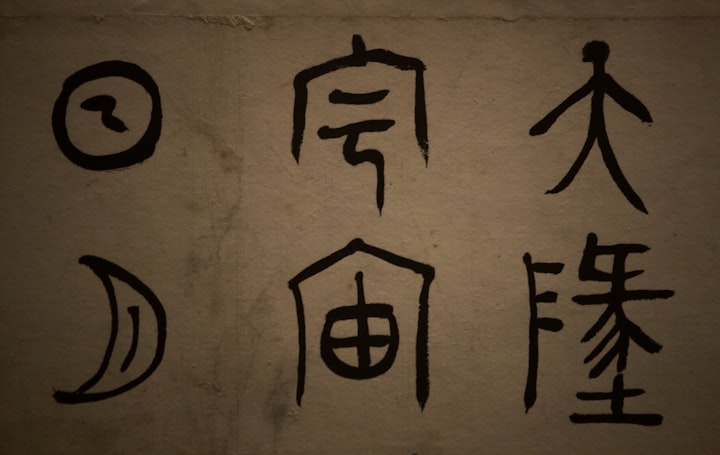Unlocking the Secrets of Chinese Radicals
Decoding the Building Blocks of Characters

Traditional Chinese characters trace their roots back thousands of years, with complex strokes and intricate forms reflecting centuries of cultural heritage. Chinese language radicals, known as "bùshǒu" (部首) in Mandarin, are essential components of Chinese characters. Radicals are individual graphical elements or components that contribute to the meaning, pronunciation, or semantic category of a character. They serve as building blocks and organizational units within the Chinese writing system, aiding in character recognition, categorization, and dictionary lookup.
Here are some key aspects of Chinese language radicals:
Structural Components: Radicals often appear as distinct graphical elements within a Chinese character. They can occupy various positions within a character, including the left, right, top, bottom, or even center.
Semantic Significance: Radicals typically convey semantic information about the meaning or concept associated with a character. For example, the "木" (mù) radical, which means "tree" or "wood," is often found in characters related to plants, forests, or wooden objects.
Phonetic Components: In addition to semantic meaning, radicals can also provide clues about the pronunciation of a character. Some radicals share phonetic elements with the characters they appear in, helping readers to infer the pronunciation of unfamiliar characters.
Organizational Structure: Chinese dictionaries often categorize characters based on their radicals, grouping characters with similar radicals together. This organizational structure facilitates character lookup and retrieval, making it easier for learners and native speakers to navigate the vast Chinese lexicon.
Historical Evolution: Many radicals have evolved over time, undergoing simplifications, modifications, or changes in form. Some radicals originated from pictographic representations of objects, while others developed from ideographic or semantic associations.
Radical-Character Relationships: Radicals can appear as standalone characters or combine with other radicals to form more complex characters. Understanding the relationships between radicals and characters is crucial for deciphering the meaning and structure of Chinese characters.
Chinese characters, with their intricate complexity, can initially appear daunting to learners. However, radicals serve as essential tools in breaking down characters into more manageable components, aiding in deciphering meanings and pronunciations. Chinese radicals play a crucial role in aiding learners to understand and memorize Chinese characters.
Here's how they can be instrumental in learning Chinese:
Recognizing radicals within characters provides learners with semantic clues, offering hints about the character's theme or meaning. For instance, the "水" radical (water) commonly indicates characters related to water, facilitating vocabulary acquisition by associating characters with related concepts. Additionally, radicals can offer pronunciation assistance by providing clues to a character's sound. Patterns such as the "木" radical (wood) appearing in similarly pronounced characters, like "林" (lín) or "森" (sēn), aid learners in anticipating pronunciation and enhancing spoken language skills.
Furthermore, the systematic categorization of characters by radicals in Chinese dictionaries and learning materials facilitates organized learning. By studying radicals and their associated characters, learners can build a solid foundation of vocabulary while comprehending the underlying structure of the language. Associating characters with their radicals also serves as a memory aid, creating mental connections that enhance recall and retention. As learners progress, familiarity with radicals enables more efficient recognition and understanding of unfamiliar characters. Even encountering characters not explicitly studied becomes manageable as learners leverage their knowledge of radicals to infer meaning and pronunciation. Moreover, learning about radicals provides insights into Chinese culture and history, as many radicals hold symbolic or cultural significance, enriching learners' appreciation and comprehension of the language.
Overall, Chinese language radicals play a fundamental role in the structure, meaning, and organization of the Chinese writing system. By mastering radicals, learners can enhance their ability to recognize, understand, and analyze Chinese characters, contributing to proficiency in reading, writing, and communication in the Chinese language.
About the Creator
East Asian Headlines
Welcome to East Asian Headlines. Join us as we dive deep into the intricate web of East Asian relations. We provide insightful analysis to illuminate the ever-evolving landscape of East Asian affairs (language, culture, politics, and more).






Comments
There are no comments for this story
Be the first to respond and start the conversation.